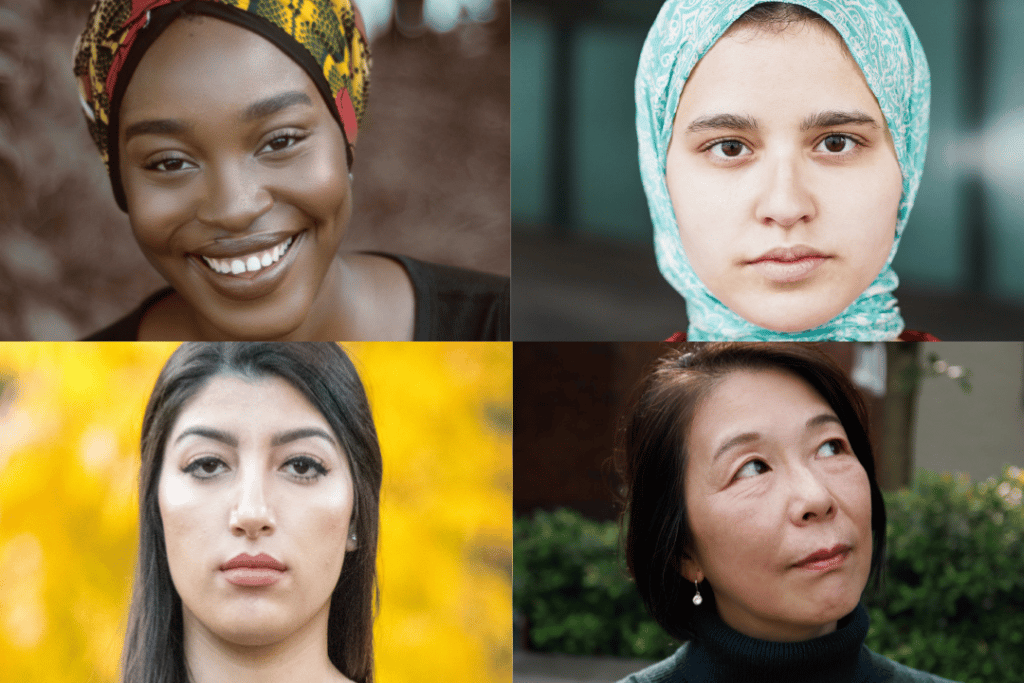Migrant and refugee women have either the same or higher levels of education compared to women born in Australia, but they’re more likely to be employed in roles below their education and experience level, according to new research. Violet Roumeliotis AM from Settlement Services International (SSI), one of the partners in the research, shares more on the findings and some key examples of where women are missing out.
Migrant and refugee women are facing a perfect storm of gender, cultural and systemic barriers that are limiting their capacity to contribute, according to the ‘Untapped Potential’ research, commissioned by SSI and conducted by the National Centre for Social and Economic Modelling (NATSEM), at the University of Canberra, which was released today.
What’s even more concerning about this is that many of these women have experience in areas with acute skills shortages in Australia, such as the health and social sectors.
Take for example Jane, who migrated to Australia from Tanzania two years ago. She has a bachelor of science and, since coming to Australia, has completed a master’s degree. She has applied for over 50 jobs in the past year without success.
Or Ahmad – an Afghan dentist with 20 years’ experience who was part way through her master’s when the Taliban took over her home country. She is applying to have her qualifications recognised but in the meantime, she can’t even find work as a dental assistant because Australian employers often can’t see past her limited local work experience.
These are just a handful of the many stories I’ve heard in the 40 years I’ve spent working in settlement. Sadly, they show that little has changed since I was a child, growing up in a migrant family.
My mum, my aunts and my neighbours were resilient and resourceful women who made significant contributions to their families and communities. But they were largely invisible to mainstream Australia.
They faced invisible ceilings entering the workforce and, where they did find employment, it was often in the small businesses they themselves established, like the corner shop my parents ran growing up.
Like many people that are perceived as being outside of the mainstream , women from culturally and linguistically diverse backgrounds can often be invisible – which for many, means missing out on the kind of support needed to capitalise on their strengths and potential.
The solution lies in government policy. Thankfully we have seen a renewed shift by governments across Australia towards seeing the true potential of women in the workforce. That’s a good start but specifically, we need to tailor policy to the strengths of migrant and refugee women, and reduce the barriers they face in achieving parity in the labour market to other women (and men) in Australia.
A good starting point would be to streamline the process for having overseas qualifications recognised, including making the process itself more user friendly. In Germany, for example, there’s an online ‘one stop shop’ that acts as an end-to-end information portal for new migrants looking to have their qualifications recognised. Here in Australia, numerous reports and reviews have concluded that the system here is convoluted and confusing.
Other steps forward would be including subsidised entry into vocational and tertiary courses to bridge skills, increasing opportunities for paid internships and structured mentorship pathways; and building more flexibility into English language education programs to accommodate caring responsibilities.
Everyone deserves to have the opportunity to realise their full potential. With tailored support, there’s no reason why migrant and refugee women should not be able to take a bigger role in making a more meaningful economic contribution to Australia. At the end of the day we all stand to benefit from their untapped potential.


